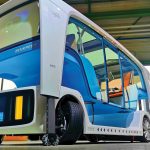DEFinitive Mercedes-Benz Sprinter
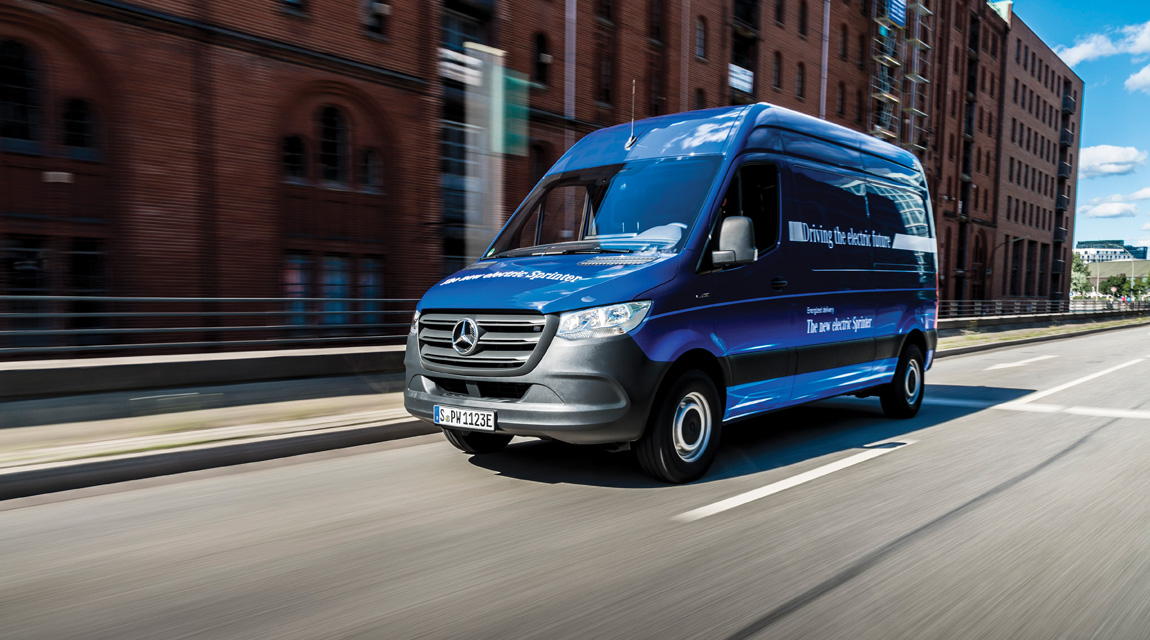
Following the launch of the new-generation Mercedes-Benz Sprinter, Mercedes-Benz Vans followed up with an all-electric eSprinter and surprised everyone (including Jarlath Sweeney, editor of Ireland’s Fleet Transport magazine) at a special press event in Hamburg, Germany, with the concept F-Cell hydrogen version
And so, D (diesel), E (electric) and F (fuel cell) completes the DEFinitive drivetrain on the new Sprinter…
The latter two developments are all to do with the Mercedes-Benz Vans eDrive@VANs zero-local-emission mobility strategy. The eSprinter follows on from the introduction of the new electric eVito, which now enters the European marketplace.
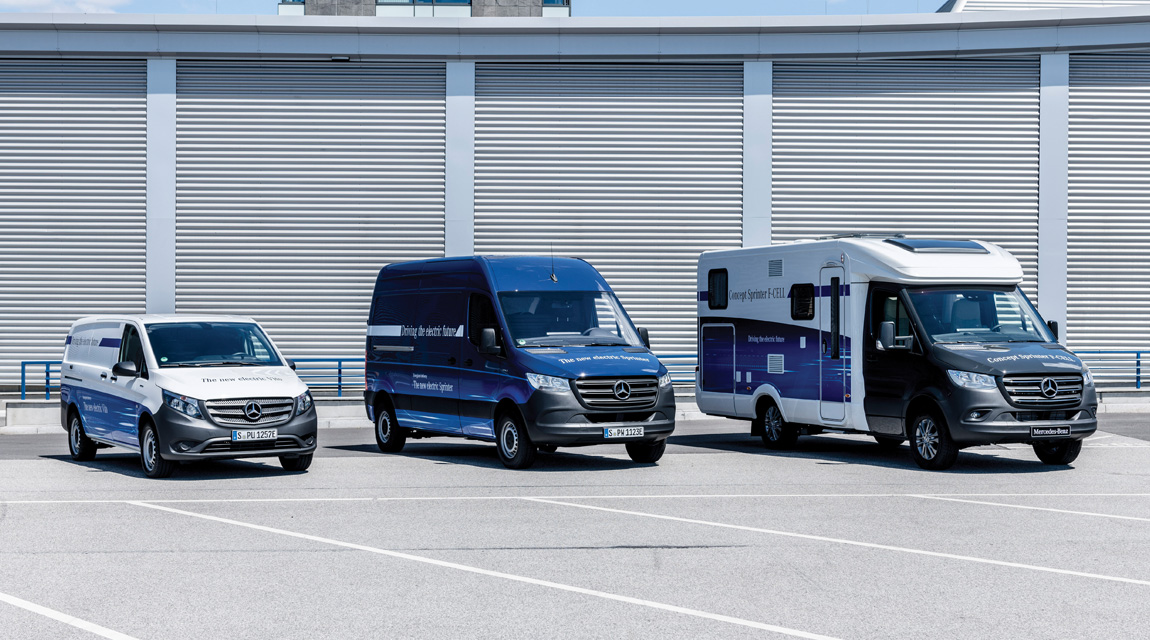
Three main strands of this philosophy – range distance, reliability and commercial viability – aim to attract customers from owner-drivers to large fleet operators.
Each all-electric vehicle will be specified to meet the customers’ specific needs, the applications relating to energy output and the required average range distance.
Initially, eSprinter will be offered (from 2019, in Europe) as a 3,5-t gross vehicle mass panel van with a maximum cargo volume of 10,5 m3.
There are two battery capacity options. It is anticipated that the 55-kWh version will provide a range of 150 km with a payload of 900 kg. The second battery choice will provide customers with a range of around 115 km (from the 4 kWh unit) and an increased payload of 140 kg, to approximately 1 040 kg.
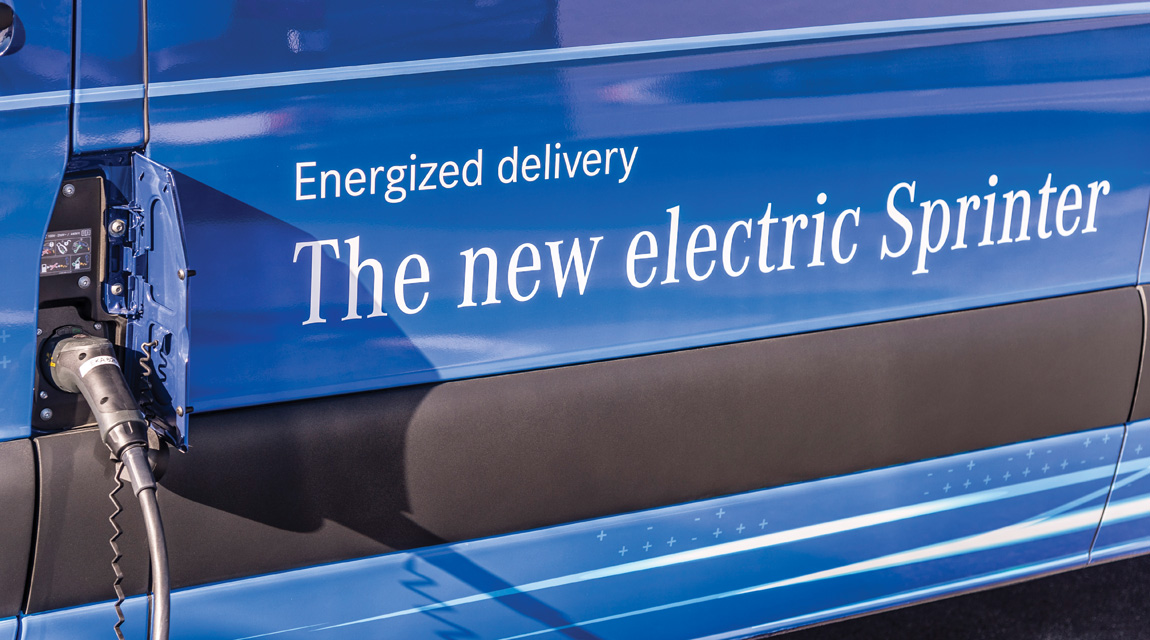
Like the entry-level CDI diesel engine, the electric drive in the eSprinter generates 84 kW and up to 300 Nm torque. Maximum speeds can be limited to 80, 100 or 120 km/h.
Support tools such as the eVan Ready App form part of the package, whereby the initial vehicle selection can be applied and then progress to vehicle performance and energy management, depending on customer requirements.
Test trials are currently underway with some of Germany’s leading logistics service providers.
Initial test drives in the eSprinter indicated the precise and detailed research and development, as there are four modes of battery/energy regeneration from low to high. As with all electric-powered vehicles, acceleration is instant, and, with a careful technique, use of the footbrake can be minimised.
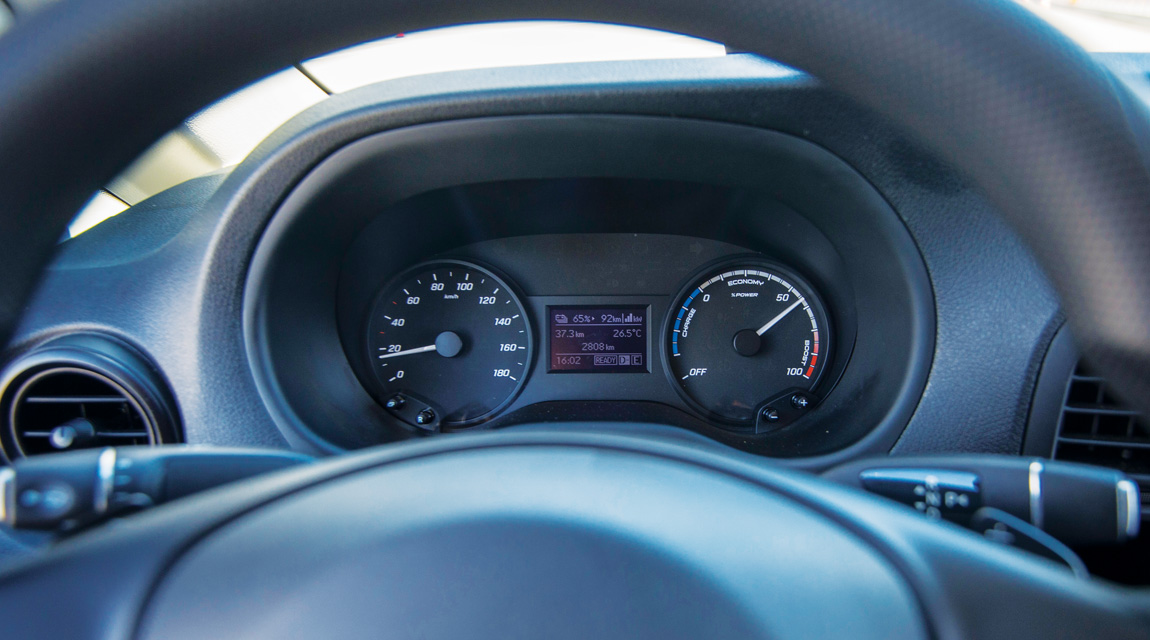
Looking further into the future is the concept Sprinter F-Cell presented in the shape of a semi-integrated motorhome. Additional prototypes will see e-commerce-specific versions and a minibus.
No stranger to this fuel-cell hydrogen technology, Daimler pioneered this alternative-fuel source within its car and bus divisions. Merits of fuel-cell drive include long range, low systems weight allowing for creative design, and fast refuelling.
With the interaction of battery and full-cell drives in the Sprinter F-Cell, an electrical output of 147 kW is developed with torque levels at 350 Nm. Three storage tanks in the chassis frame store a total of 4,5 kg of hydrogen – enough to provide a range of 300 km.
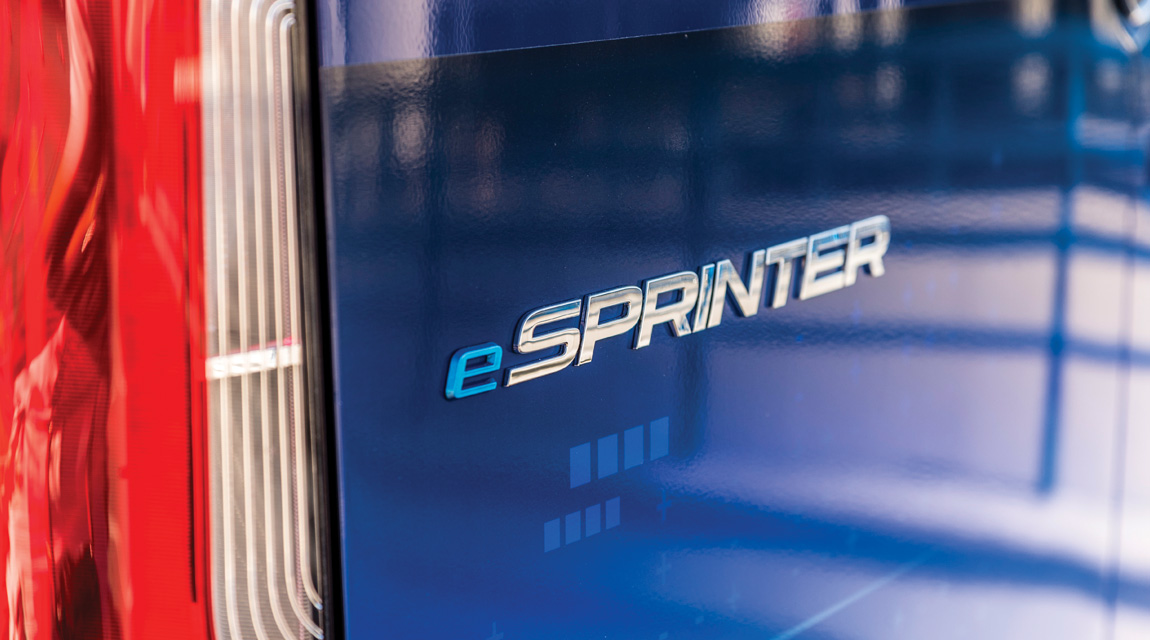
An additional larger tank can be added to the rear (garage) section of the campervan to add another 200 km to the range distance. A further 30 km can be provided through the on-board plug-in hybrid system.
“All the commercial ranges will be offered with an electric drive – starting this year with the eVito and in 2019 with the eSprinter. With these, we will already cover many, but not all, user cases with a zero-local-emissions powertrain.
“For this reason, we are enhancing our eDrive@VANs strategy with fuel-cell drive, which offers substantial medium-term opportunities, especially in long-distance operation – regardless of whether a fuel-cell vehicle is used as a motorhome or in other commercial applications,” stated Volker Mornhinweg, head of Mercedes-Benz Vans.
“The potential of this technology is undisputed. That applies above all to comparatively large vans with a need for a long range and short refuelling times. Our research shows that the fuel cell can represent a sensible expansion of the powertrain line-up in a number of different applications in both the commercial and private arenas.
“The Concept Sprinter F-Cell provides an insight today into the possibilities of the future,” he concluded.
Published by
Focus on Transport
focusmagsa

